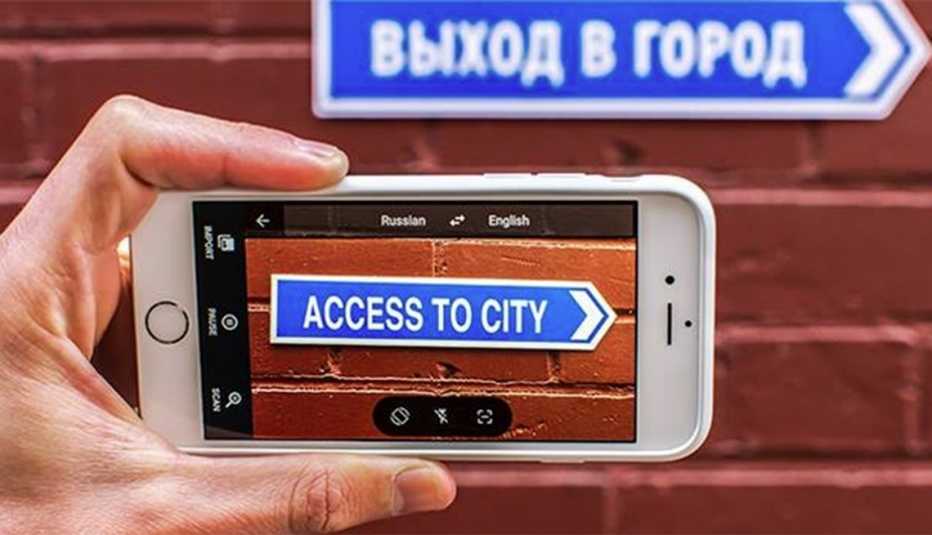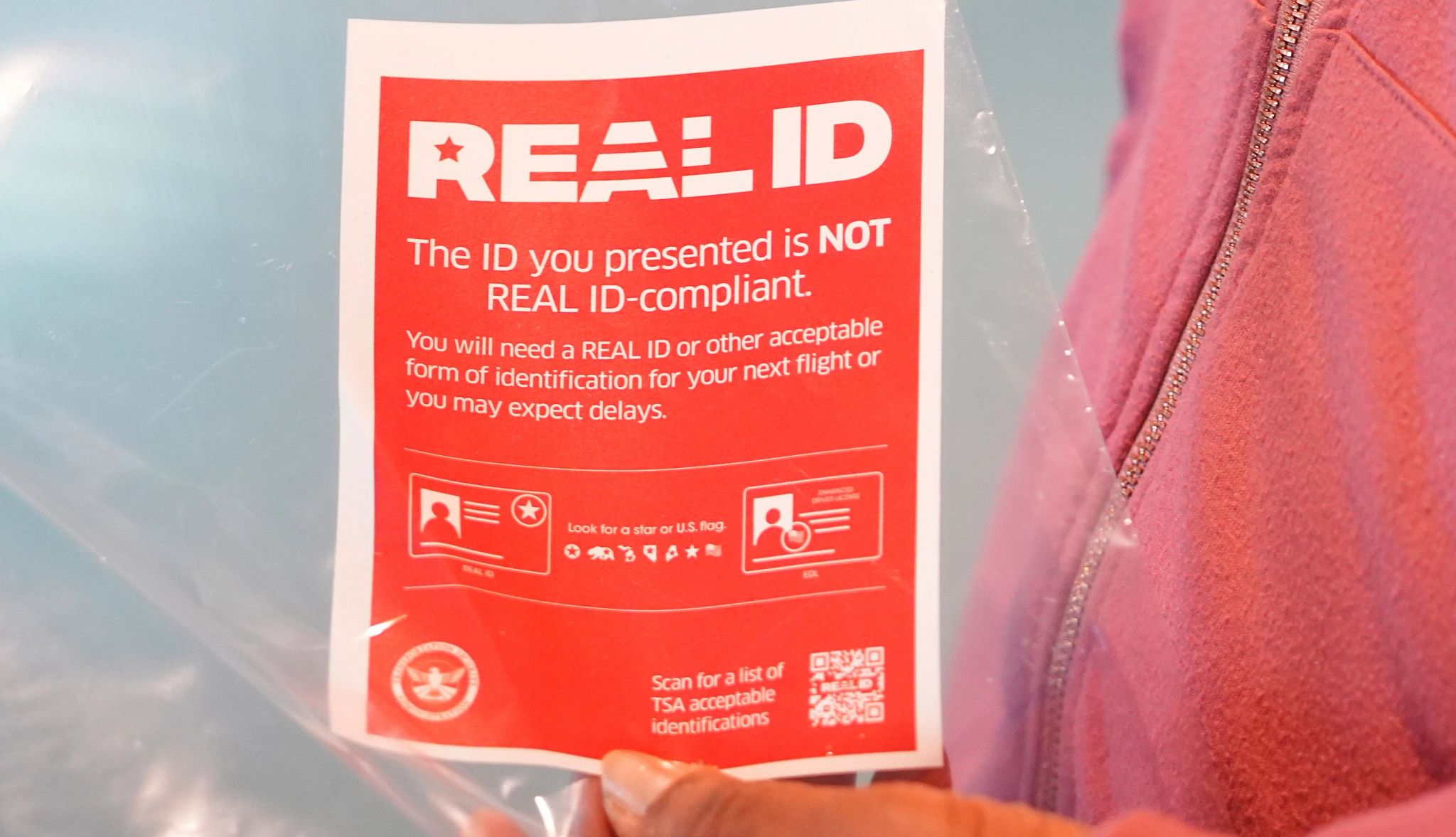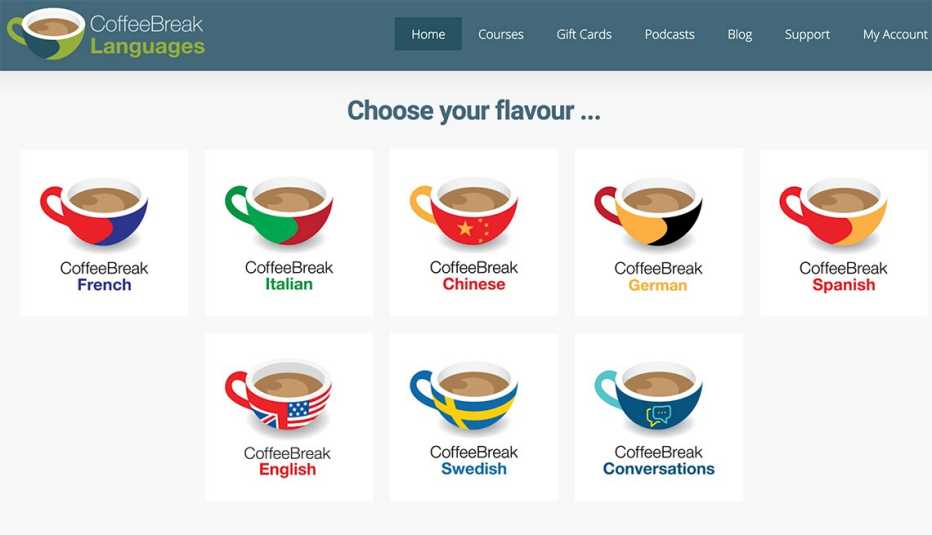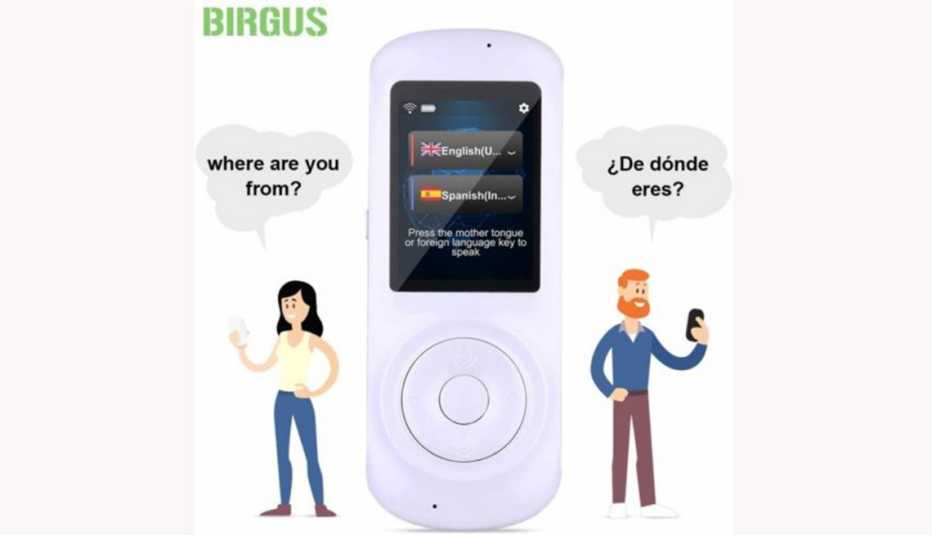AARP Hearing Center


With loads of time on your hands while you have to be at home, perhaps you've decided to work on yourself a bit.
You can get fit with online exercise classes and apps. You can write the great American novel, whose plot has been rolling around in your head for years. Or, in anticipation of when we can travel safely again, you can learn another language.
Fantastico!
Fortunately, technology can teach you to speak in another tongue in several ways or simply translate on the spot when, say, you're in the back of an Uber in Italy. From apps and computer software that offer linguistic lessons to free podcasts to handheld devices to use instead of a smartphone, there are no shortage of options for those looking to expand their horizons.


Apps let you learn a little every day
Your smartphone can be an invaluable tool when learning a language. It's small enough to tote everywhere. It has a microphone to hear how well you're pronouncing words. And some apps are free; plus, several of them work on tablets and laptops.
• Duolingo. Parlez-vous français? Sprechen Sie Deutsch? ¿Hablas español?
Duolingo helps users of any age tackle multiple languages — French, German, Spanish, Italian, Japanese and Russian, among them.
With accessible, bite-size lessons, you'll start off matching words with pictures, hearing what they sound like and saying words into your device. Duolingo also rewards you with XP (experience) points and hearts, adding a fun and motivational gamelike element.
The optional but amusing mini games are a great way to test what you've learned. Available for free, Duolingo works with Android devices, iOS for Apple iPhones and iPads, plus Windows machines.
• Babbel. Also for a computer, phone or tablet, Babbel can help you speak a new language conversationally through its interactive courses.
After you choose one of 14 languages, decide whether you would like the basics or a focus on specific topics, such as business or travel. You'll converse with your virtual instructor using your voice in real time, to ensure you're getting it right and to build the confidence you need to speak with others.
Lessons typically are 10 to 15 minutes. Babbel's repetition-and-review method has been scientifically proved to help you remember what you've learned, with 92 percent of users improving their language proficiency in two months, the company says.



































































More on home-family
Teleworking? 5 Tips to Improve Your Internet Speed at Home
Try these tricks from the FCC to enhance the performance of your Wi-Fi, routerHow to Choose a Pair of Wireless Earbuds or Headphones
Look at more than price to find what you’ll use long term